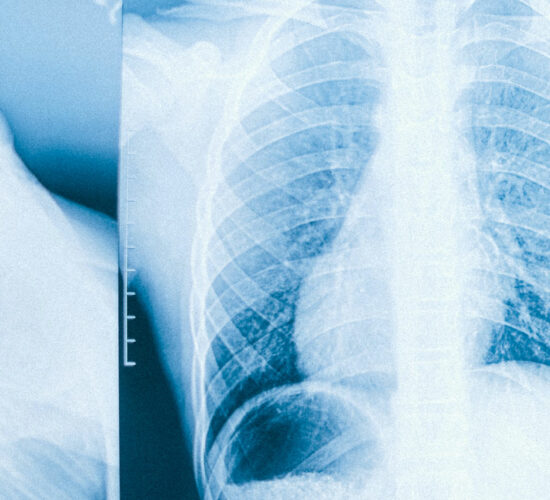
If you require any further information about the curriculum we are following in this subject, please contact the Head of Department.
Core PE – Core Physical Education in Years 10 and 11 will provide students with the opportunity to take some of the activities covered in KS3, further. For one period of the week, students will have the opportunity to choose the activities they study, as opposed to the previously prescribed curriculum. Students will be taught according to the GCSE PE criteria and be challenged to achieve the very best that they can.
GCSE Theory – GCSE in Physical Education equips students with the knowledge, understanding and skills to develop their own performance in sport. They develop their understanding of socio-cultural influences on participation in sport, and the benefits of physical activity to health, fitness and well-being. Students explore three different components including, physical factors affecting performance, socio-cultural issues and sports psychology and performance in physical education. Students are assessed in performing three practical activities and one performance analysis task. In the practical performance, they demonstrate effective performance, the use of tactics or techniques and the ability to observe the rules and conventions under applied conditions. They are also required to demonstrate their ability to analyse and evaluate their own performance to produce an action plan for improvement.